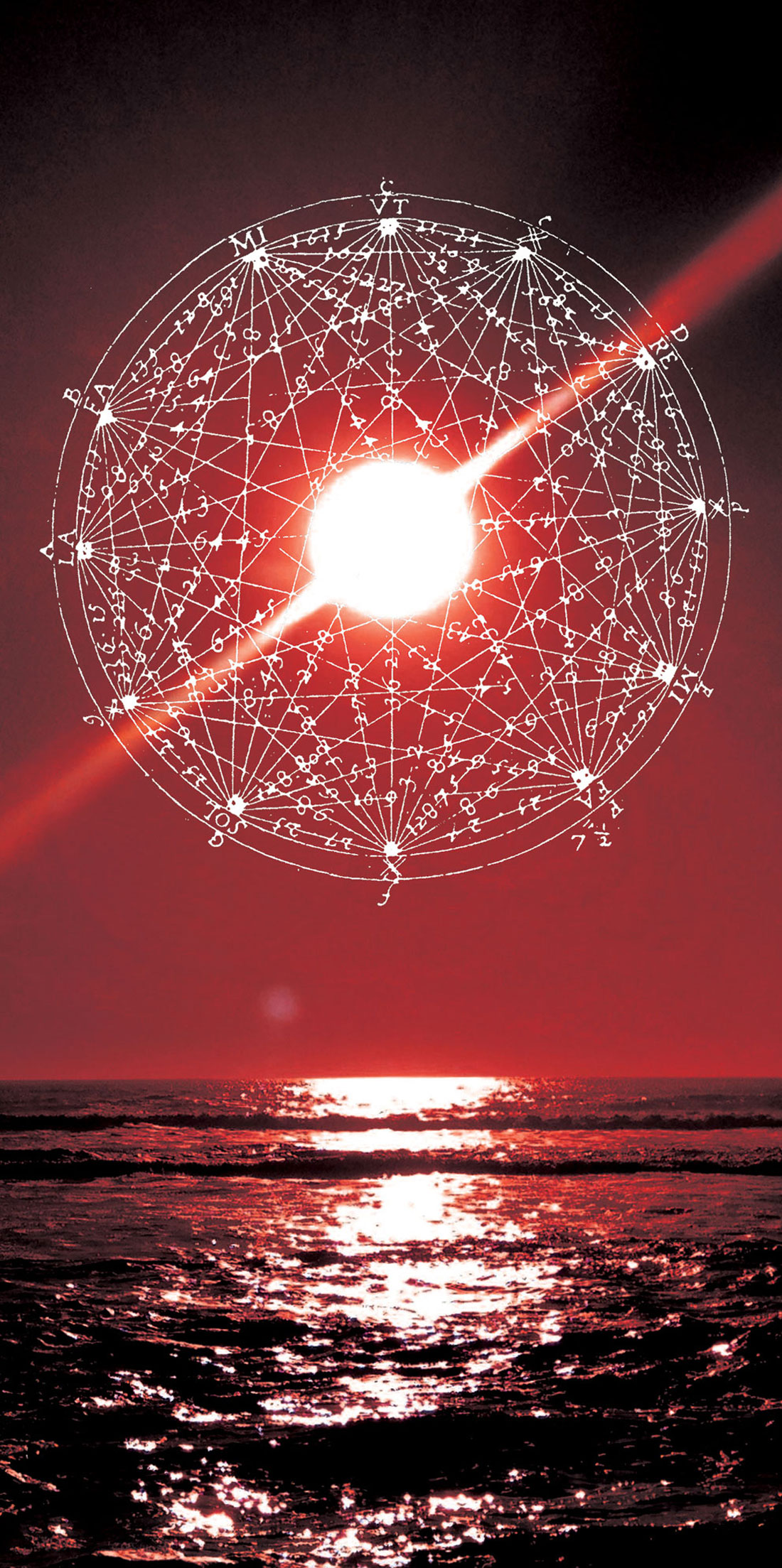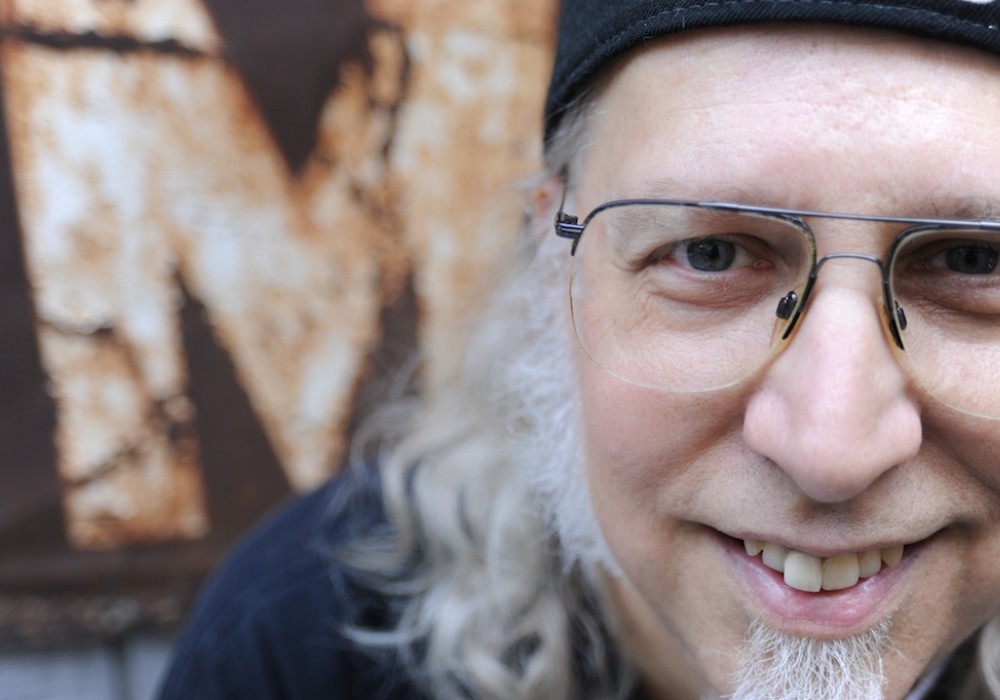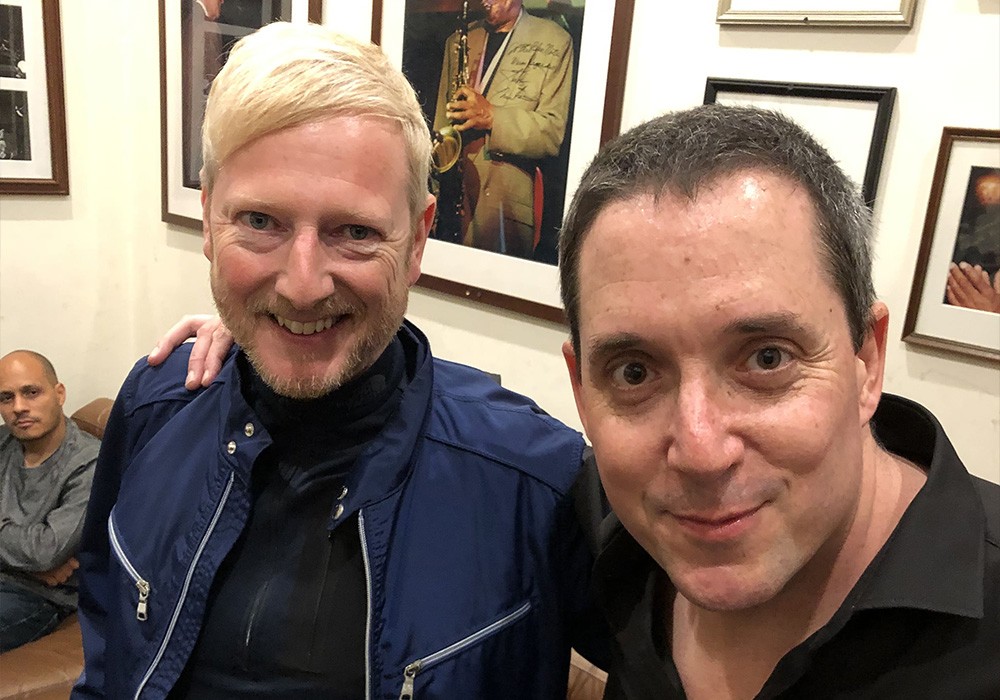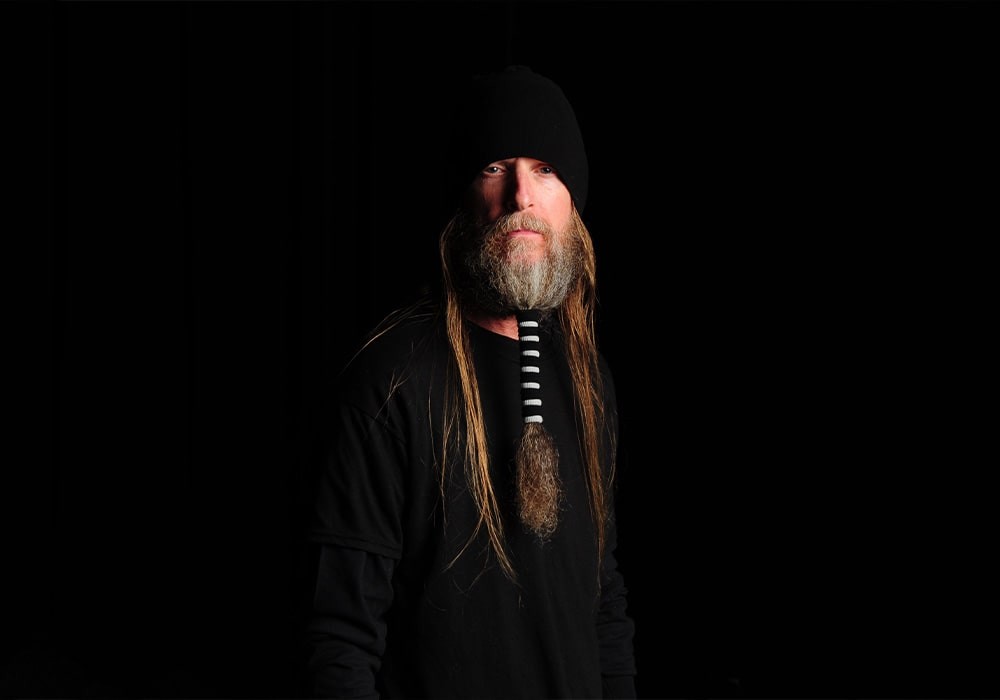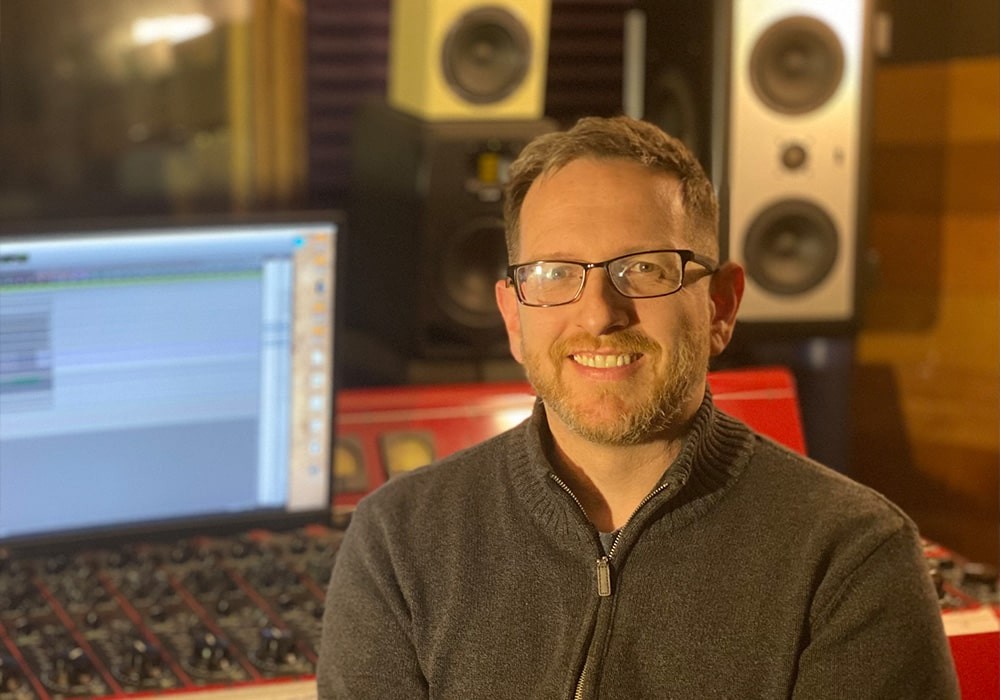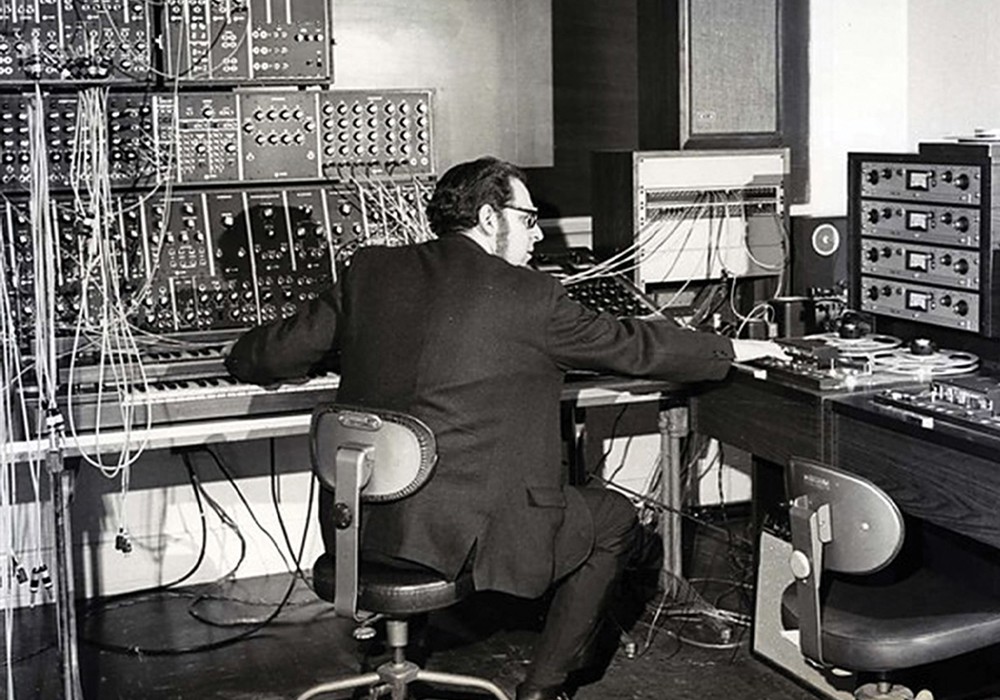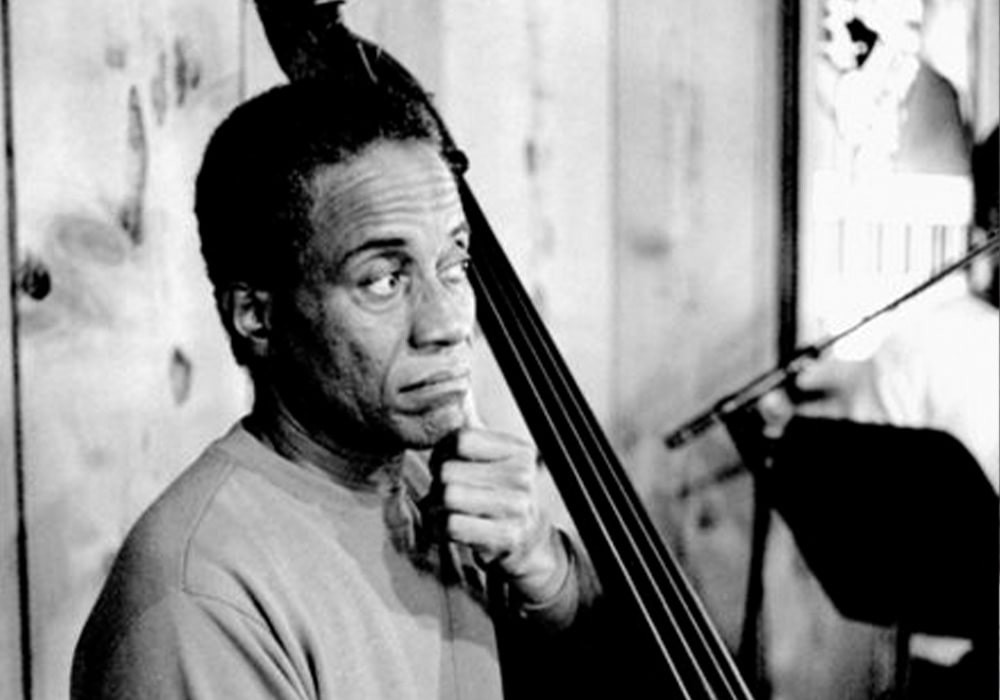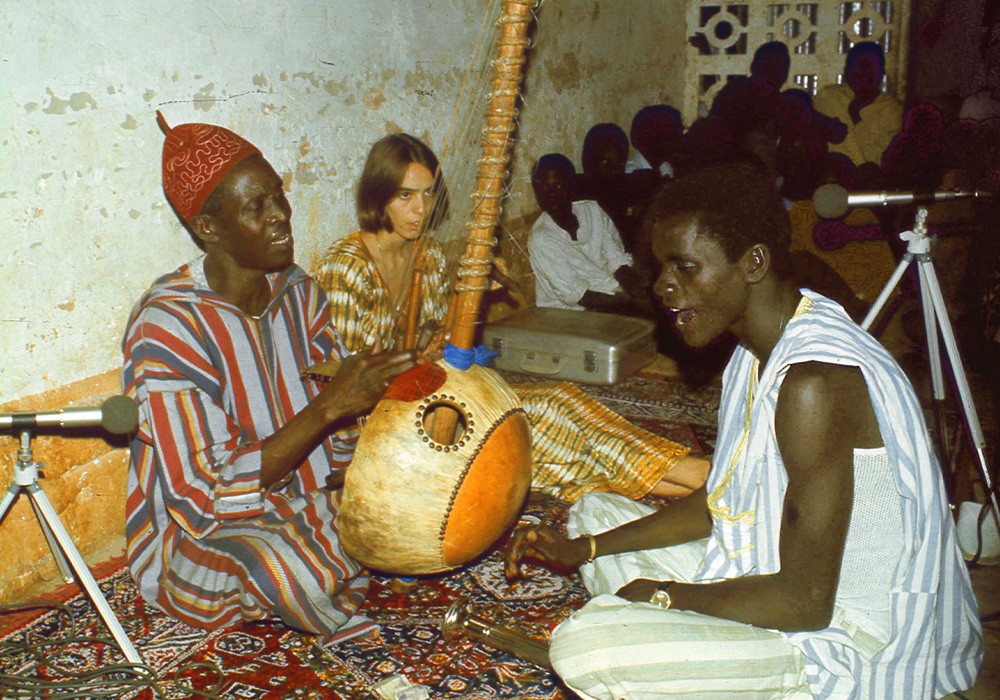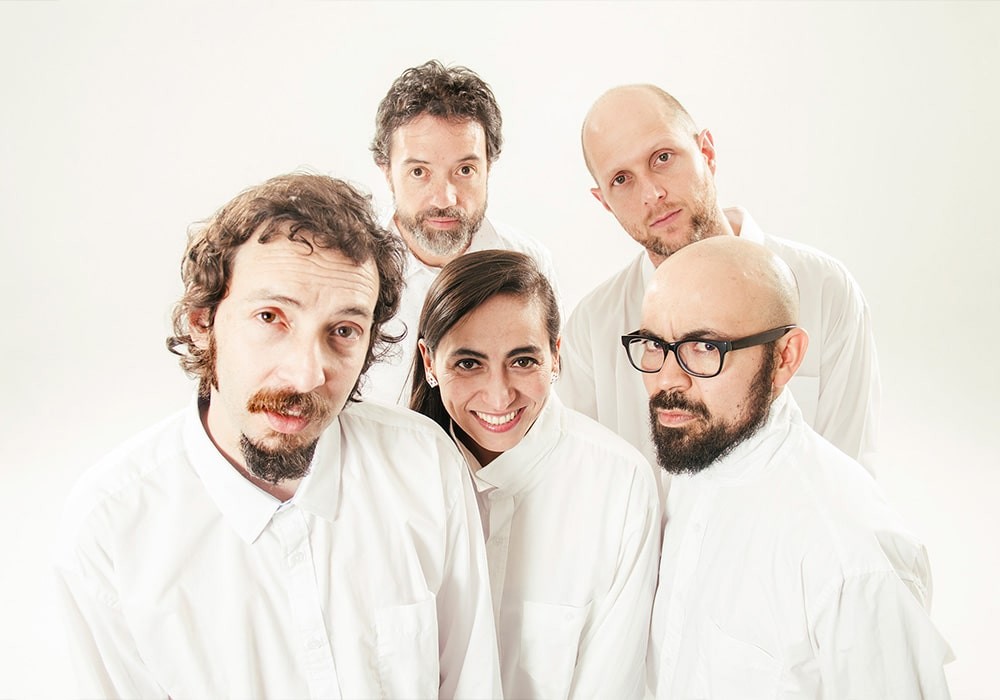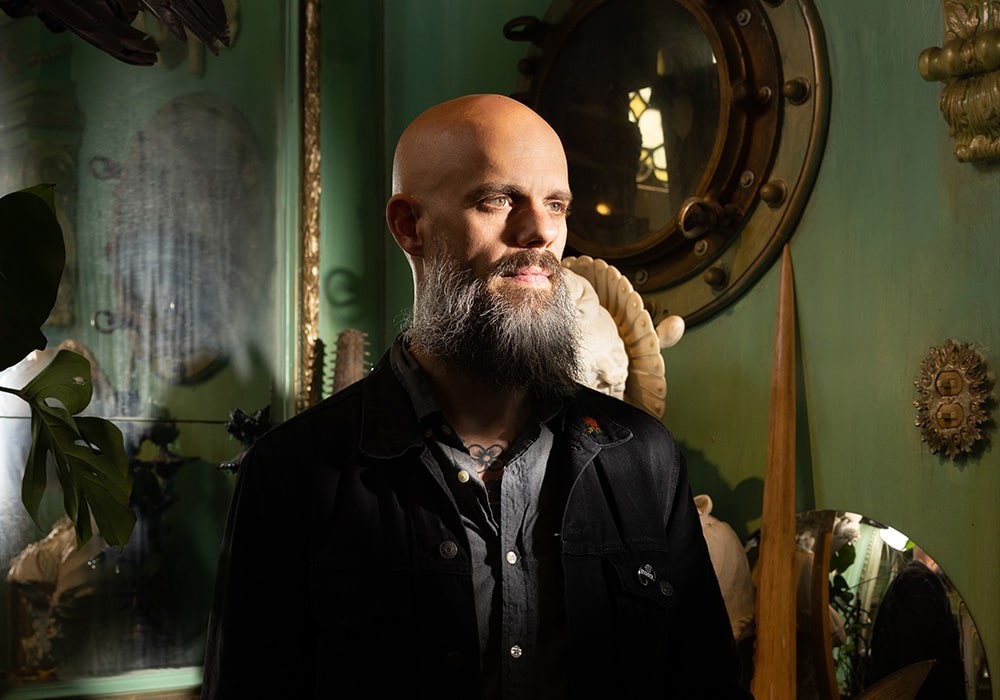Wayne Peet is an accomplished pianist/keyboardist and a first call player in the jazz/new music/avant-garde scene in Los Angeles, but he's also known as an excellent recordist, mixer, mastering engineer, and studio owner. The list of artists he's recorded spans genres and styles, including: Vinny Golia, Bobby Bradford, Nels Cline, Kenny Burrell, Bennie Maupin, Thurston Moore, Steuart Liebig, Mike Watt, Alex Cline, G.E. Stinson, Gregg Bendian, Lydia Lunch, Carla Bozulich, Scarlet Rivera, James Gadson, Louie Bellson, Joseph "Zigaboo" Modeliste, Jubilant Sykes, Robert Edward Thies, Pat Metheny, and Hubert Laws. Nestled in Mar Vista, between Venice and Culver City in Southern California, his Newzone Studio is conveniently located on the property behind Wayne's home.
You are an accomplished musician, but how did you get into engineering, mixing, and mastering?
Well, it started with having gear to record myself. When I was in college I got a TEAC A-3340S — a 4-track, 1/4- inch machine — and I started using that to record groups and live gigs. When DATs came out it was the turning point for me to start becoming an engineer, because it allowed me to make quality recordings in a somewhat affordable way. I found I could record people, and get paid for it — I didn't intend to become an engineer. Because I am a musician, people would come to me for studio jazz records mixed live to 2-track. They were going into these rock 'n' roll studios, and these engineers had no clue how to mix this kind of music. They'd walk in with an acoustic bass and the engineer would call it a cello. When you're doing a live mix you need to know when the solos are coming, because you do little changes. [For a] bass solo I'm going to turn up the bass and put a little reverb on. If you're a technical engineer, you may or may not have a feel for that. I'll flag mistakes for them too. They'll say, "That was a great take!" And I'll say, "Wait a minute. Let me check the bass going right into the bridge." I've got a reputation amongst the jazz musicians for that. I guess that made up for the fact that I was learning as an engineer, because everything that I mostly learned was not "officially" taught. I've learned by myself. I've also had the opportunity to hang out on sessions with notable engineers, like Roger Rhodes and Bruce Botnick [Tape Op #74], as well as mastering engineers like John Golden, and pick their brains. A couple of colleagues of mine — drummer Jim Watson and bass player Vince Tividad — we played together and we were also engineers. We were working together in the '90s at the [Local 47] Musicians Union that had a recording studio. They came into some gear and built this self-contained, modular control room on the stage looking out into the auditorium. They had set it up with ADATs, DATs, and a Mackie 32x8 console, which later got upgraded to a Trident Series 80 40x24. The guy that was running it, Joseph Armillas, built drum and vocal booths that you could roll out. [Armillas also built the rooms and A/C system in Wayne's studio.] We had the opportunity to record everything, from solo instruments to whole orchestras.
Were you the in-house engineer there?
There were a number of engineers that were on a roster, because it was basically open 24-hours a day. You had to be a union member. It was one of the benefits.
It sounds like you cut your teeth there.
Yeah. I had been recording at my home studio, and had done small groups to DAT, but this was a real recording studio situation. I was learning how to mic all kinds of configurations.
With the recordings you'd been doing live to DAT, were you essentially "playing" the board along with the performance?
Yes. But this is how people did [recordings], until multitracking and mixing later came in, of course.
Is that how guys like Rudy Van Gelder [Tape Op #43] were tracking?
Oh, definitely! I mean you can hear it on the records. Listen to the difference between the head of the song and the solo. With a good mix like that there are parts that become featured, without you knowing so. I grew up listening to certain records and you never think about it. I can't remember which [Charles] Mingus record [it's on], but there are some edits that are like, "Whoa! We're in another studio, on another day," when you hit the bridge! It's like you opened the door into another room. But I'd listened to that record for years and never noticed it.
And those Miles Davis records, like Bitches Brew, had lots of editing.
I hear edits all over those Blue Note records that I never heard before. You'd pick solos. That's obviously what they did. The other thing that I started realizing about the Blue Note records is that it's in your face. It's seen as this traditional recording ideal now, but it was a punk aesthetic for jazz. If you listen to the major [label] jazz in the early '50s, it was done in big studios and it was recorded from a classical perspective. It's not a close mic'd vibe. Even when they close mic'd stuff, there's still this roomy, big sound to it. Then you hear Blue Note records and there's reverb on it, but it's dry and in your face. Van Gelder came up with a new sound, and people dug it. Now it's the traditional sound, but it was new at that time. Even though they were basically in the same room playing, it was about hearing every instrument. With that in mind, my thing is generally more about close mic'ing. I've found even when I put up room mics I don't use them that much. I might use a hair of them, but we've got reverb to add if needed. You can construct a whole feel out of that. My thing generally is a cocktail of different reverbs, and a little bit of slap delay going to the other side. Maybe even burying a long delay in, often surprisingly on supposedly straight-ahead jazz.
You've said some people come in and say they want the "Blue Note sound."
"You think you want that." I found as soon as I started getting more isolation that the recordings started getting better. The leakage doesn't hurt the saxophone as much as it hurts the drums. In the past I've had whole bands in the studio here, and I'm mixing and getting the drum sound. I'd open up the sax track and all of a sudden the drums would sound like crap. It's because of this nasty room leakage. You're getting the reflection sound of cymbals and drums, and it's nasty. If you're in a big enough space you don't get the reflection as much. I always thought it would be bad for the sax, but the sax is close to the mic. My holy grail for years — when I first started doing these jazz records — is the acoustic bass sound. People would be happy with the sound I was getting, but I wasn't. Then I did some records that I was playing on, at some major studios. They had the bass in the iso [booth], and the mic was far away from the bass. A tube mic a foot away from the bass and it's not down by the body; it's up, right out from the hand. It sounds freakin' great! Once I got a booth for the bass and the RØDE Classic 1 tube mic — usually through a Buzz Audio preamp with a Focusrite Green compressor, or a Joemeek VC1 pre and compressor — I got my bass sound!
Will you have players punch-in to correct bad notes?
Well, I found that editing is actually better than punching. You've got to match the timbre, the level, etc. A lot of times, if they played that same note right on the other eight bars before on the same chord, go grab it from there and it matches right in.
You started recording to digital with DATs.
I had a DAT machine, and then I got into multitrack, via ADATs, because I've always come from a budget perspective. The initial way I got into digital editing was live mixing from ADAT. It's off a multitrack, but the mix itself would be live by moving faders on a board. I found a way to get around the limitation of, "Oh, that was a great mix until the out head, and we screwed it up." I would just do multiple mixes, or segments, to the DAT. I'd end up with a number of segments, and then I would dump it into the computer. I had Sound Designer [an early version of Pro Tools] on the computer — a 2-track editor/recorder. I would slap together the mix by cutting these [segments]. I did that for a couple of years; that was a great way to get mixes dialed in the way I wanted. At this point I mostly use MOTU's Digital Performer. I also use Pro Tools, but I find Digital Performer has some features for editing and mixing that do not exist in other programs. [It's great] just being able to highlight audio in its place and audition it when you're popping around trying to do fast edits. In Pro Tools you actually have to solo the track and hit the transport. But most DAW software, at this point, tends to do the job and sound fine.
Do you have thoughts about the sound of digital for recording jazz?
It's a recording; we're trying to optimize the musical experience, and there's no such thing as a "natural" recording. The only thing natural is you in the room, listening to something. When people say analog is more natural than digital it's only because they like the sound of it. What analog tape does to the sound is pleasant, but it's not natural. When you listen to Louis Armstrong, you're listening to a record — of course his trumpet did not sound like that in the room. The general thinking about digital is that it's harsher. But it simply reproduces those harsh elements better than analog.
Do you primarily mix using the computer?
I had a board here for years; ended up being relegated to being a headphone mixer. I started buying external mic preamps that were better than the console. One of my goals was to end up with enough mic preamps where I didn't have to use the board. I finally got rid of it. My wife complains, "It doesn't look like a recording studio anymore without the board." [laughs] I enjoy mixing in the box. I don't have a problem with that. I think there's a lot of voodoo about that with people. I've come from a lower budget world and gradually moved up to better gear and better knowledge. I've always been about making it sound better than it probably should; trying to keep everybody fooled into thinking that it's better than it is. When you're using cheaper gear, there's not as much room for error. Like you don't have as much headroom. If you're using a cheaper reverb, you've gotta use it in the way that doesn't expose a problem.
Many readers will find it encouraging to hear what you are saying.
It's not about owning gear — it's about making music. Of course good gear is helpful. As you start accumulating high dollar gear, you appreciate it, especially if you come from cheaper equipment. Whereas, if you started with the best, there would be no reason why you would know that it was good.
It's part of the learning curve as you move up. Your ears become more refined.
Hopefully! If you've been paying attention, and are trying to improve.
